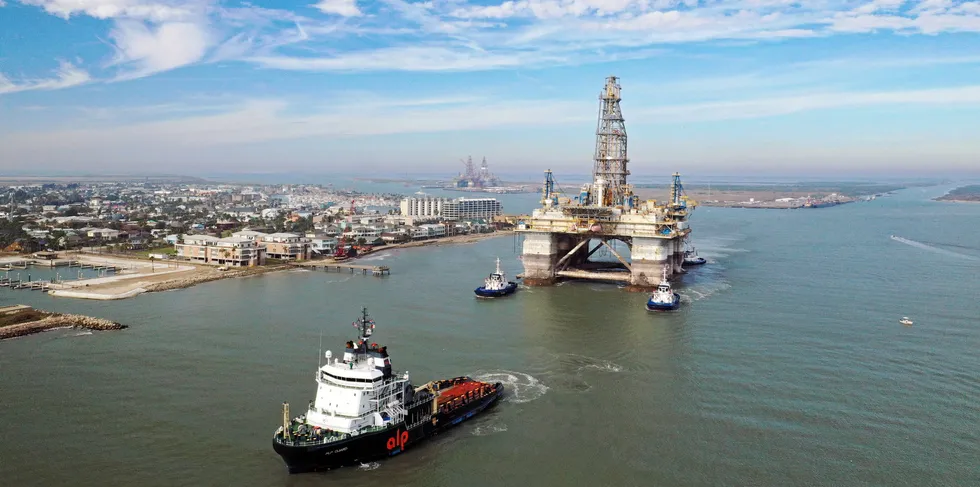Lukewarm response as solitary global big name answers Biden's Gulf of Mexico offshore wind call
Germany's RWE is only developer to comment as federal BOEM seeks views on prospects for new frontier for US wind at sea

Germany's RWE is only developer to comment as federal BOEM seeks views on prospects for new frontier for US wind at sea
